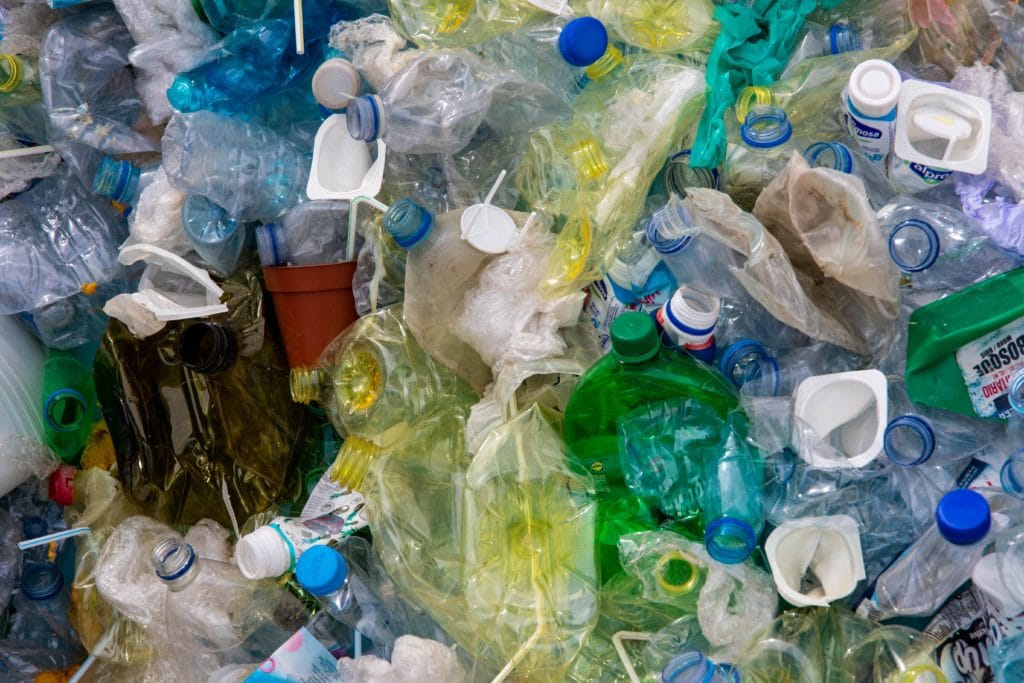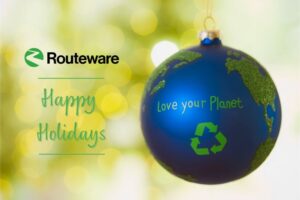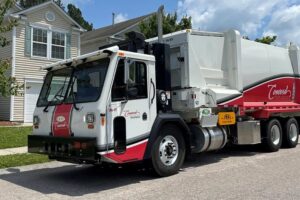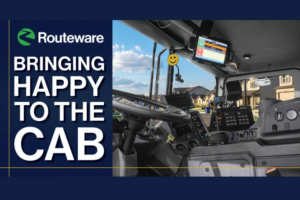Most people want to recycle: They believe it’s responsible and good for the planet.
And yet, with average contamination of the US recycling stream standing between 17 and 25 percent, municipal recycling coordinators are left standing in the gap between their community’s desire to recycle right and the outcomes of those efforts.
Why and how are so many good intentions going awry? And importantly, how can educators help recyclers align their values with actions that help, rather than hinder community environmental efforts?
The answer lies, at least in part, in understanding and addressing aspirational recycling, also known as wishycling.
What’s Wishcycling?
- Wishcyclers care about recycling, but their behavior is aspirational rather than information-based
- Wishcyclers want to recycle more, but they need help recycling right
- Wishcyclers need access to “what goes where” information in real time
Wishcycling happens when a well-meaning resident tosses a greasy pizza box into the recycling bin not because they know it’s recyclable, but because they wish it was. Even if they’re wrong, the well-meaning wishcycler rationalizes, it’ll be OK: Someone, somewhere, will sort it out.
Armed with a desire to recycle as much as they can, many wishcyclers hold the mistaken belief that it’s better to put what might be trash into the recycling bin than to miss an opportunity to recycle.
Educators can help these residents develop a broader awareness about how recycling programs work and give them the “what goes where” information they need to recycle right most effectively with digital tools for solid waste communication.
The Cost of Wishcycling
- Digital tools can help communities clean up wishycling and other contamination
- By reducing contamination by one percent, we can save about 90 cents per household
- Stemming wishcycling can help lead to program sustainability
While it’s difficult to quantify how exactly how much contamination happens because of aspirational recycling, the average overall contamination rate for communities that know it is about 17 percent. Furthermore, lowering contamination by one percentage point can save municipalities as much as 90 cents per household per year, based on data from Statistics Canada and the Canadian Broadcasting Corporation.
We know that contamination rates as recently as 10 years ago were calculated around seven percent. This begs the question: If your community could stem wishcycling behavior and clean up contamination by 10 percentage points, what could you accomplish with the potentially resulting $9 per household? More importantly, what would it mean for the sustainability of your recycling program, your community and the global environment?
Clearly, helping residents correct wishcycling behavior and thereby stemming contamination is of key importance. It’s also a tall order for today’s solid waste professionals, who are working harder than ever to educate communities and keep programs operational.
While the stakes are high, there is good news: We can help residents build better recycling habits with modern tools for digital solid waste communication. Today’s tools fulfill resident needs for searchable “what goes where” information on the fly, and they represent an investment of significantly less time and money than municipal solid waste tools built in-house.
Combat Wishcycling with Digital Communications
The best way to address aspirational recycling behavior is through digital-based education. Here are three ways digital can help solid waste professionals address wishcycling to reduce contamination, build understanding and bolster program sustainability.
- Provide accurate, easy-to-access “what-goes-where” information.
Most people turn to the Internet first when seeking recycling information; therefore, providing web, social media, and app-based tools for recycling represents the best way to help residents know better and do better. This is of particular importance for wishcyclers, whom we know are engaged recyclers with environmental values.
A caveat: In 2020 it’s not enough to provide long materials lists on your website. Research shows that residents can’t absorb information in this format: Instead, they need and expect real-time, mobile access to a searchable database of materials to help guide their choices.
- Use digital communication to provide ongoing recycling education to wishcyclers.
Wishcyclers are among your most engaged residents. Beyond what goes where, they want to better understand how recycling in their community works.
Digital tools provide ongoing points of connection for recycling educators and wishcyclers, fostering better understanding on both sides of the equation. For example, municipalities that use an online- or app-based waste sorting game not only can teach residents how to recycle right, but the data collected through the game also enables them to gather important information about materials that cause confusion and educate about them.
In addition, digital tools for ongoing campaigns provide a medium to educate people about broader recycling issues. For example, educators might address the safety implications of wishcyling plastic bags for waste sorting staff with one line of text included with the resident’s collection reminder. Over time, these small touches add up to an impactful amount of recycling education delivered drop by drop over the long term.
- Empower wishcyclers with info — and show them how their actions matter
The wishcyler’s belief that the recycling system can sort out any mistakes they make indicates a misunderstanding of program operations, at one level; at another, it reveals an opportunity to educate these residents about just how much their personal actions make a difference.
Web-, social- and app-based digital tools for solid waste communications provide educators with the opportunity to track program successes and report them back to residents, which helps them understand how individual recycling behaviors impact programs overall.
While education is key to stemming wishcycling, educators also must be aware of other important barriers to program participation and recycling right. In fact, when people who didn’t recycle were asked why, about 25 percent said recycling wasn’t accessible or convenient where they live, while 10 percent said it takes too long or they forget.
While broader efforts will be required to address program availability, educators can help people understand how quick and easy recycling is through communications. They can also provide digital reminders to those who forget.
When we provide wishcyclers with digital tools for recycling, they are empowered to make wise choices. Moreover, they also may internalize just how important those choices are to the health of their recycling program, and the community, over the long term.[/et_pb_text][/et_pb_column]
[/et_pb_row]
[/et_pb_section]





